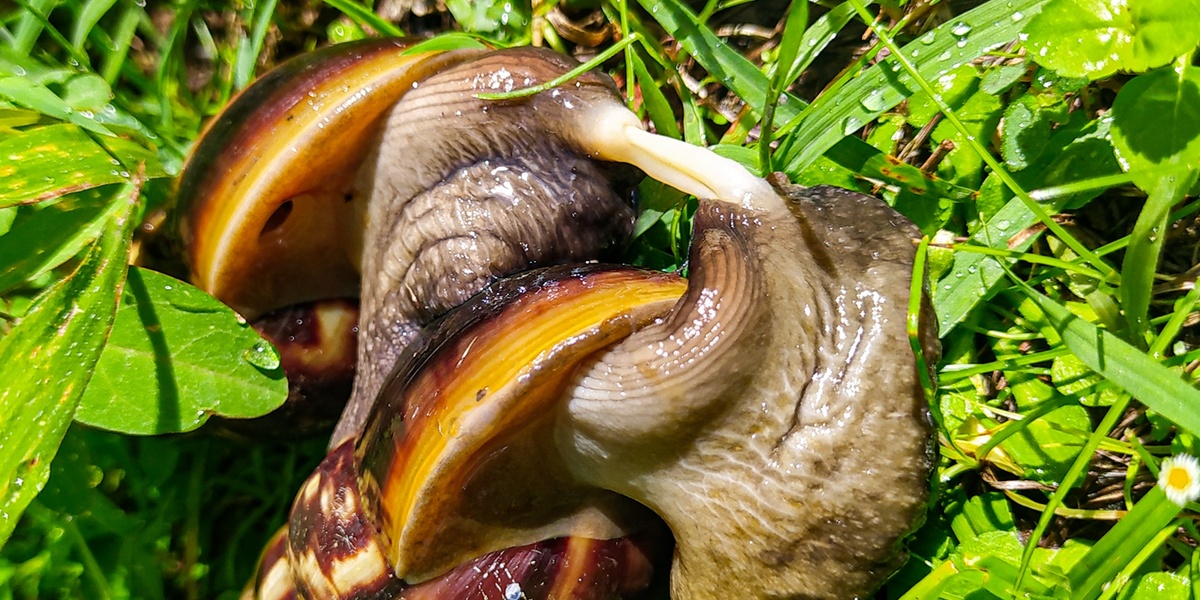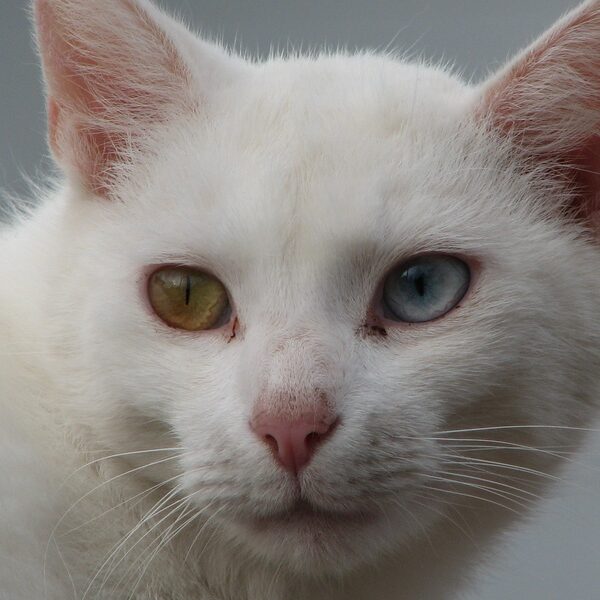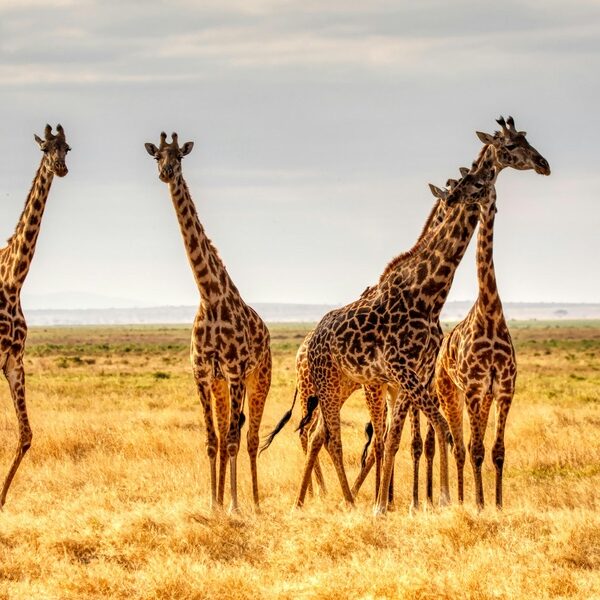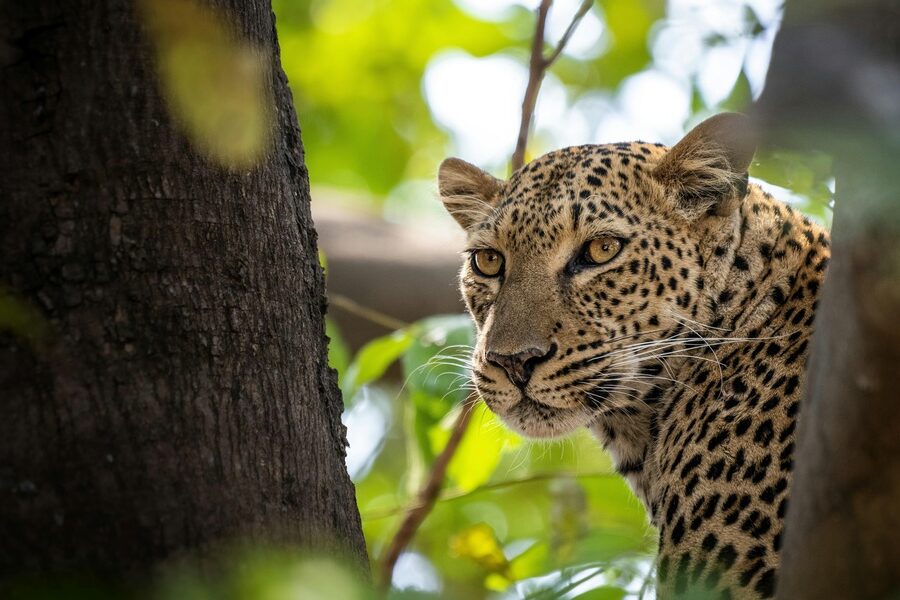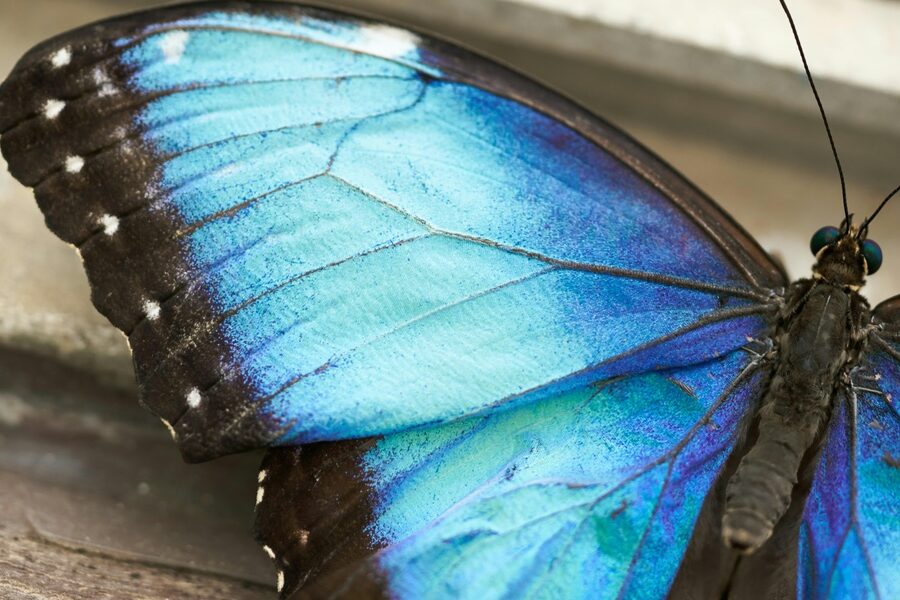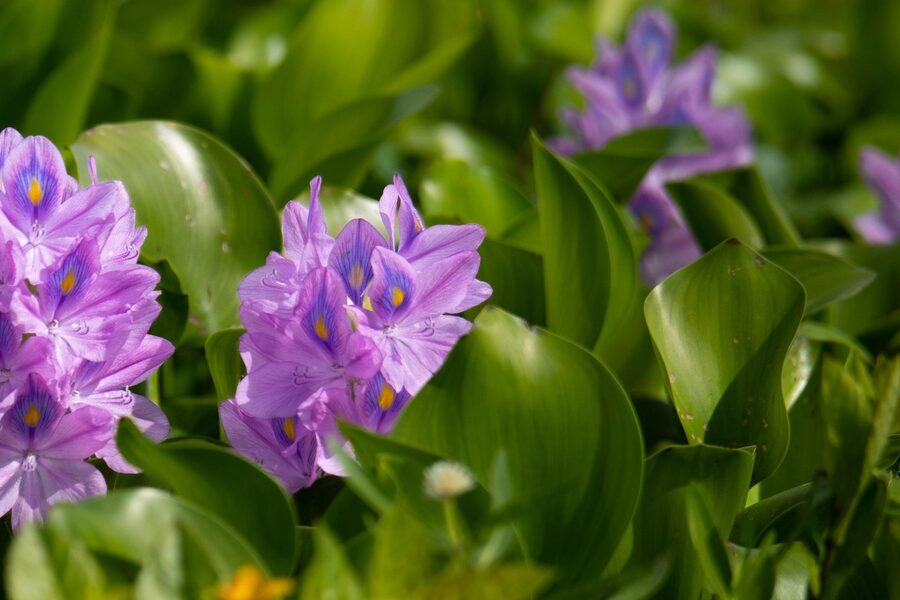Equatorial Guinea’s mainland and islands support dense rainforests, mangroves and freshwater habitats that sustain rich wildlife and local livelihoods. Increasing trade, travel and land-use change have opened pathways for non-native species that can disrupt fisheries, agriculture and human health.
There are 18 Invasive Species in Equatorial Guinea, ranging from Asian Tiger Mosquito to Water Hyacinth. For each species the list is organized as Scientific name,Status in country,Primary impacts & pathway so you can quickly see which are established, which are spreading and how they likely arrived — you’ll find below.
How can I report a sighting of a suspected invasive species in Equatorial Guinea?
Take clear photos, note the date and GPS coordinates or nearest landmark, and record habitat details; then contact the Ministry of Environment or local conservation NGOs, submit records to platforms like iNaturalist if possible, and share the information with university researchers so the sighting can be verified and followed up.
Which species on the list most commonly threaten freshwater systems and what immediate actions help?
Aquatic invaders such as Water Hyacinth choke waterways, reduce oxygen and harm fisheries; immediate steps are early detection, physical removal where feasible, preventing spread via boats and fishing gear, and reporting occurrences so coordinated control and monitoring can begin.
Invasive Species in Equatorial Guinea
| Name | Scientific name | Status in country | Primary impacts & pathway |
|---|---|---|---|
| Water Hyacinth | Pontederia crassipes | Established | Clogs waterways, blocks transport and fishing. Ornamental trade, accidental spread. |
| Siam Weed | Chromolaena odorata | Established | Outcompetes native plants, fire hazard, toxic. Contaminated seed, vehicles. |
| Lantana | Lantana camara | Established | Toxic to livestock, forms dense thickets, displaces native flora. Ornamental horticulture. |
| Leucaena | Leucaena leucocephala | Established | Forms dense monocultures, displaces native flora. Introduced for agroforestry/fodder. |
| Guava | Psidium guajava | Established | Forms dense stands in pastures, displacing native plants. Introduced for fruit. |
| Mexican Sunflower | Tithonia diversifolia | Introduced | Dominates disturbed land and roadsides, displaces local flora. Ornamental/green manure. |
| Fall Armyworm | Spodoptera frugiperda | Established | Devastates maize and other essential crops. Natural moth dispersal. |
| Larger Grain Borer | Prostephanus truncatus | Established | Major pest of stored maize and dried cassava. Contaminated food aid/trade. |
| Maize Weevil | Sitophilus zeamais | Established | Infests and destroys stored maize and other cereals. Contaminated grain trade. |
| Asian Tiger Mosquito | Aedes albopictus | Established | Vector for dengue, chikungunya, Zika viruses. International trade in used tires. |
| Varroa Mite | Varroa destructor | Reported | Parasitizes and weakens honeybee colonies, causing collapse. Spread via beekeeping. |
| Black Rat | Rattus rattus | Established | Damages crops, preys on native island fauna. Stowaway on ships. |
| Brown Rat | Rattus norvegicus | Established | Damages infrastructure, major disease vector. Stowaway on ships. |
| House Mouse | Mus musculus | Established | Damages stored food, structural damage, disease vector. Stowaway on cargo. |
| Feral Cat | Felis catus | Established | Preys on native birds, reptiles, and small mammals. Abandoned domestic pets. |
| Banana Bunchy Top Virus | Banana bunchy top virus | Established | Stunts banana growth, ruins crops. Spread via infected planting material/aphids. |
| Cassava Mosaic Disease | Begomovirus complex (e.g., ACMV) | Established | Reduces cassava yield, a key food staple. Spread via whiteflies/infected cuttings. |
| Taro Leaf Blight | Phytophthora colocasiae | Reported | Destroys leaves and corms of taro crops. Contaminated planting material, rain. |
Images and Descriptions
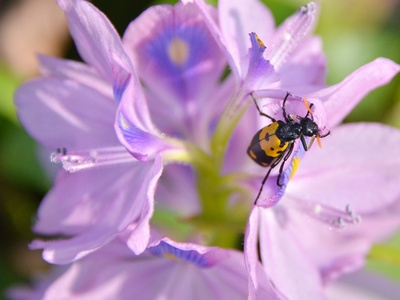
Water Hyacinth
A free-floating aquatic plant from South America’s Amazon basin. It forms dense mats on freshwater bodies across Equatorial Guinea, hindering fishing, water access, and promoting water-borne diseases. Its rapid growth and attractive flowers contributed to its initial spread as an ornamental.
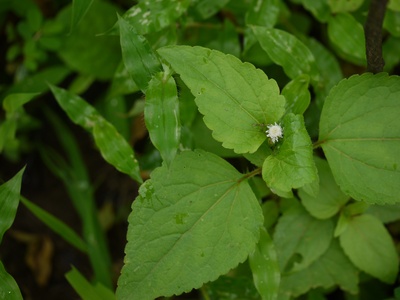
Siam Weed
An aggressive, fast-growing shrub native to the Americas. It invades agricultural land, pastures, and disturbed forests in both Río Muni and Bioko Island, forming dense, toxic thickets that suppress native vegetation and are a significant fire risk in dry seasons.
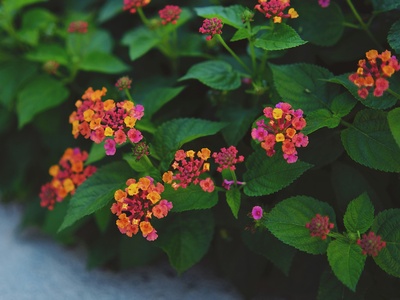
Lantana
A highly adaptable perennial shrub from the American tropics. Its colorful flowers made it a popular ornamental, but it has escaped cultivation to invade pastures and forest edges, particularly on Bioko Island, forming impenetrable thickets that are toxic to livestock.
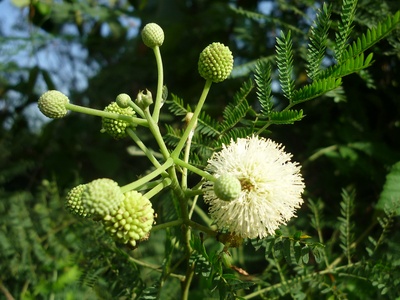
Leucaena
A small, fast-growing tree from Central America, introduced for firewood and animal fodder. It has aggressively naturalized in disturbed areas, especially in coastal regions and on Bioko, where it outcompetes native species and forms dense, uniform stands with low biodiversity value.
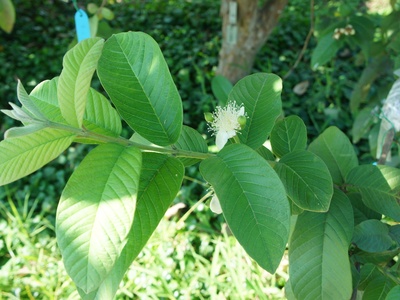
Guava
A small fruit tree from the American tropics, widely cultivated for its fruit. It has escaped cultivation and become naturalized in many parts of Equatorial Guinea, where it can form dense thickets in disturbed areas and pastures, reducing grazing land for livestock.
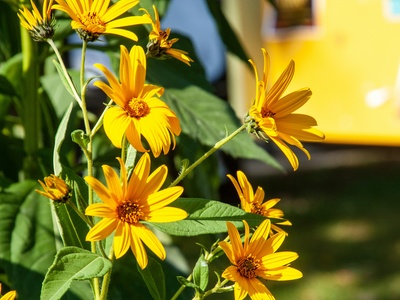
Mexican Sunflower
A large, shrubby sunflower from Mexico and Central America, introduced for its showy yellow flowers and use as a soil-improving plant. It has been recorded on Bioko Island and can easily escape cultivation to form dense stands along roadsides and in fallow fields.
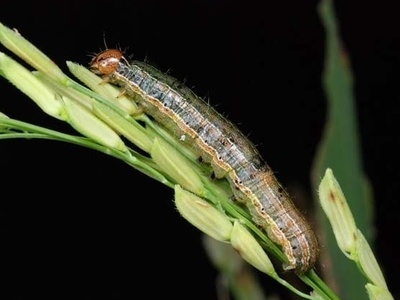
Fall Armyworm
A moth caterpillar native to the Americas that recently invaded Africa. It is a voracious pest of over 80 plant species, especially maize. Its establishment across Equatorial Guinea poses a significant and ongoing threat to national food security and farmer livelihoods.
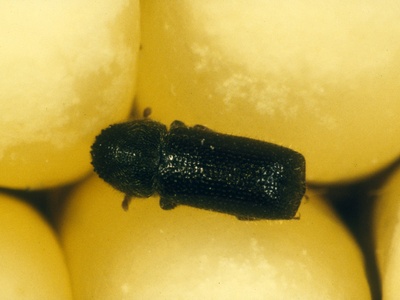
Larger Grain Borer
A beetle native to Central America that has become a severe pest in Africa. It attacks dried cassava and maize in storage, boring into grains and tubers and turning them into dust, causing immense post-harvest losses for farmers across Equatorial Guinea.
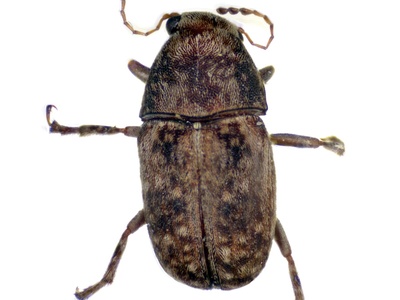
Maize Weevil
A small beetle that is one of the most destructive pests of stored grain worldwide. Likely originating in Southeast Asia, it is now found throughout Equatorial Guinea, infesting maize, rice, and other cereals both in the field and in storage, causing significant economic losses.
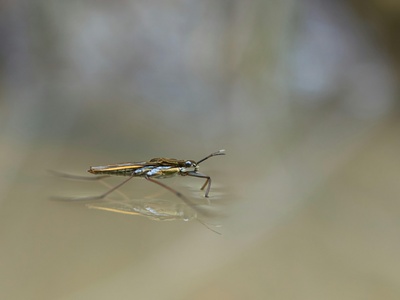
Asian Tiger Mosquito
A small, black-and-white striped mosquito native to Southeast Asia. It has become established in urban and semi-urban areas of Equatorial Guinea. It is an aggressive day-biter and a competent vector for several viral diseases, posing a significant public health risk.
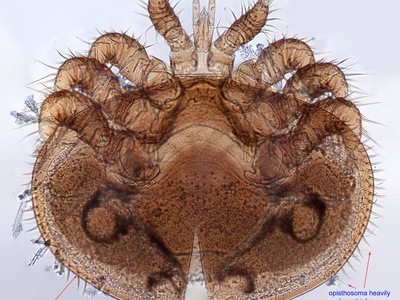
Varroa Mite
A tiny external parasitic mite that attacks and feeds on honeybees. Originally from Asia, it has spread worldwide, causing the death of entire bee colonies. Its presence in Equatorial Guinea threatens both local beekeeping activities and the vital pollination of crops.
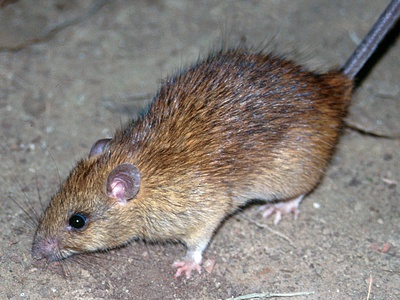
Black Rat
Also known as the roof rat, this species from tropical Asia is a global stowaway. It’s an agile climber found in urban and agricultural landscapes across Equatorial Guinea, especially in ports, posing a major threat to stored grains and native wildlife like birds.
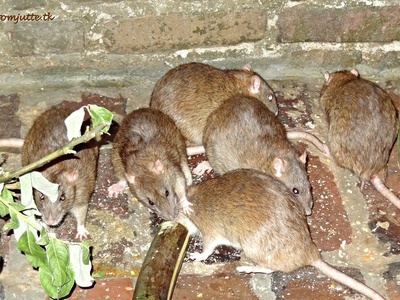
Brown Rat
Larger and more aggressive than the black rat, this burrowing rodent from northern China is now established in Equatorial Guinea’s port cities and urban centers. It damages buildings and sewers and spreads numerous diseases, thriving in human-modified environments.
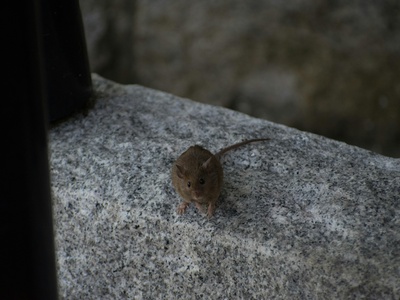
House Mouse
Originating in Asia, this small rodent has spread globally with humans. It is abundant in and around human settlements throughout Equatorial Guinea, from Malabo to Bata, where it contaminates food supplies, chews wiring, and can transmit various diseases.
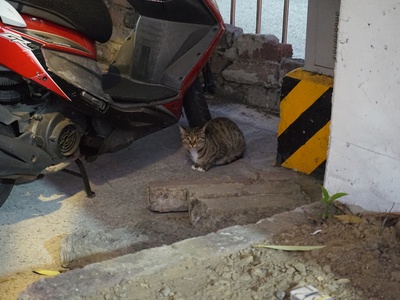
Feral Cat
Domestic cats that live and reproduce in the wild without human reliance. Found near settlements and even in protected areas, they are formidable predators that threaten Equatorial Guinea’s unique native wildlife, particularly on Bioko Island, which has many endemic species.
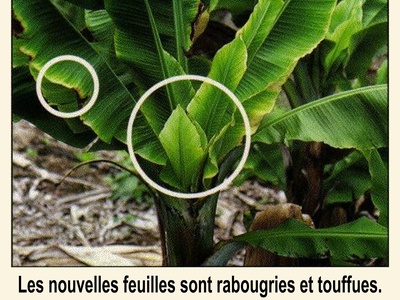
Banana Bunchy Top Virus
A viral pathogen causing a devastating disease in bananas and plantains, which are staple crops. Infected plants become stunted with “bunched” leaves and produce no fruit. It spreads throughout the country via infected suckers and its aphid vector, threatening food security.
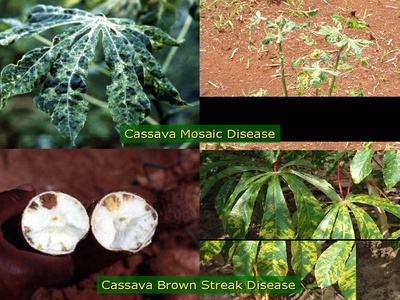
Cassava Mosaic Disease
A viral disease complex that devastates cassava, a critical food source in Equatorial Guinea. Transmitted by the whitefly insect and infected planting materials, it causes leaf mottling and distortion, severely reducing tuber yields and threatening national food security.
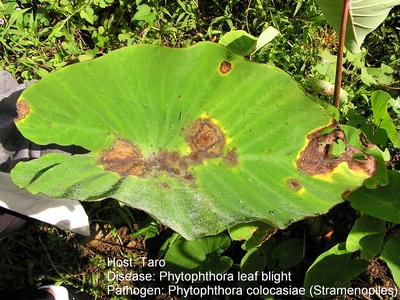
Taro Leaf Blight
A destructive water mold that causes a devastating blight on taro, an important root crop. The disease, originating in Southeast Asia, creates large, spreading lesions on leaves, which can lead to total crop loss and impacts the food security of local communities.
